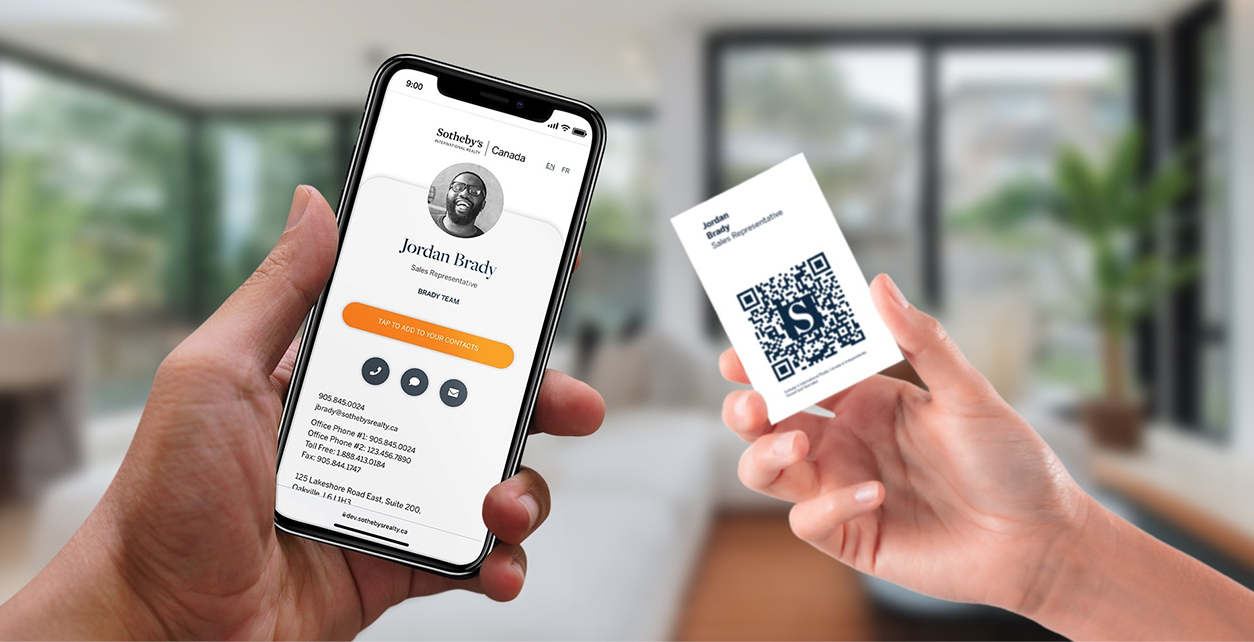The Digital Business Card Revolution: Modernize Your Networking Today
-
NFC Splash Cards
-
September 6, 2024
Introduction:
In today's fast-paced digital world, traditional business cards are quickly becoming obsolete. Digital business cards are not only a modern alternative but also a powerful tool that can elevate your networking game. This blog explores the transformative benefits of digital business cards, provides a step-by-step guide on how to create one, and highlights emerging trends shaping their future.
1. What Are Digital Business Cards?
Digital business cards are electronic versions of traditional business cards that can be shared and managed online. Unlike paper cards, digital business cards offer interactive features and can be updated in real-time. They can be distributed via email, SMS, or QR codes and often include clickable links, multimedia elements, and other interactive components.
2. Why Choose Digital Business Cards?
- Sustainability: Digital business cards are an eco-friendly alternative to paper cards. By reducing the need for physical materials, you contribute to less paper waste and a greener planet.
- Cost Efficiency: Eliminate the costs associated with printing and reprinting paper cards. Digital business cards offer a one-time setup with ongoing updates at no extra cost.
- Enhanced Interactivity: Digital cards can include clickable links to your website, social media profiles, and portfolio. You can also add videos and presentations, providing a richer and more engaging experience.
- Real-Time Updates: Instantly update your contact details or job title without the need for new prints. Changes are immediately reflected for everyone who has your digital card.
- Convenient Sharing: Easily share your card via various digital channels, and access it from any device, making it a versatile and convenient tool for networking.
3. How to Create Your Digital Business Card
- Choose a Platform: Start by selecting a digital business card platform. Popular options include HiHello, CamCard, and L-Card. These platforms offer a range of features and customization options.
- Design Your Card: Customize the design to reflect your personal or brand identity. Use your logo, brand colors, and fonts to ensure consistency and professionalism.
- Include Key Information: Make sure to include essential details such as your name, job title, company, contact information, and links to your website and social media profiles. Adding a photo or brief bio can also be beneficial.
- Test Your Card: Before sharing, test your card across different devices to ensure it looks good and functions properly. Verify that all interactive features work as intended.
4. Best Practices for Digital Business Cards
- Regular Updates: Keep your digital card up-to-date to ensure that all information remains accurate and relevant.
- Personalize Sharing: Tailor your card based on the recipient or context to make a more impactful impression. For example, adjust the links or content depending on the recipient’s interests or industry.
- Follow Up: After sharing your digital card, follow up with a personalized email or message to continue the conversation and strengthen your professional relationship.
5. Emerging Trends in Digital Business Cards
- CRM Integration: Digital business cards are increasingly integrating with CRM systems, allowing for efficient data management and tracking.
- Augmented Reality (AR): AR technology is beginning to be used in digital business cards, offering interactive and immersive experiences that engage recipients in new ways.
- Blockchain Security: Blockchain is being explored to enhance the security and authenticity of digital business cards, helping to prevent fraud and verify credentials.
6. Conclusion
Digital business cards are redefining the landscape of professional networking. They offer a range of benefits over traditional paper cards, including environmental sustainability, cost efficiency, and enhanced interactivity. By adopting digital business cards, you can streamline your networking efforts, stay current with technological advancements, and make a lasting impression in the digital era.
